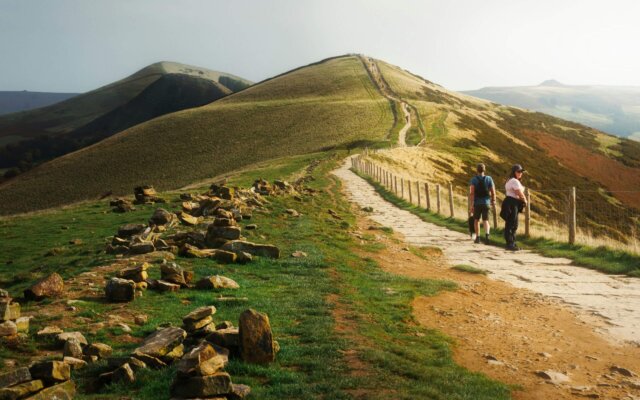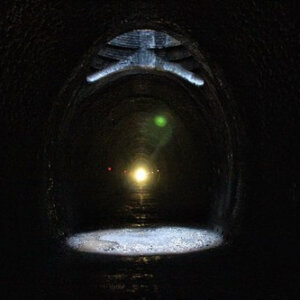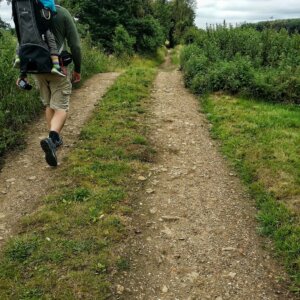Preparation Guide for Going on Your First Long Hike
Your first long hike is an exciting milestone, and preparation is key to making it a success.
A long hike isn’t just a walk in the park—it requires careful planning, the right gear, and an understanding of your limits. Here’s a list of all the essential things you need to know before setting off.
Pre-Plan Your Route
Before you start to lace up your boots, take the time to plan your route properly beforehand. The key is to find a route that suits your fitness level and stamina – something that’s both manageable and rewarding.
Weather plays a big role, too. Check the weather forecast and avoid long or exposed trails if rain or storms are expected. It’s also worth downloading hiking and weather apps in advance to help you address routes, distances, and conditions more accurately. These tools also offer real-time updates and are a great support for beginners. Here’s a great roundup of the best hiking apps in the UK to get you started.
Break In Your Gear
One of the most important things that you should do before your hike is to firstly break in your boots. Nothing ruins a hike faster than sore feet, so breaking in your hiking gear, especially a pair of women’s or men’s walking boots, is vital to prevent discomfort, blisters, and injuries on the trail.

To help the boots mould to your feet, start wearing them out on shorter walks and then gradually increase the time and terrain difficulty to help allow your feet to adjust. Make sure your boots fit correctly—too tight and you’ll get blisters; too loose and you’ll risk losing stability. A good pair of men’s walking boots should offer ankle support, grip, and water resistance.
Pack the Essentials
Packing smart is crucial. Always pack the essentials in a well-fitted, comfortable backpack with padded straps so that it distributes weight evenly. Pack the following items – they will not only keep you safe but also make your hike more enjoyable:
- Map and compass or GPS
- First aid kit
- Multi-tool or knife
- Headtorch (plus extra batteries)
- Whistle for emergencies
- Extra layers for changing weather – UK conditions can be unpredictable even in the summer
For a more detailed packing checklist, this guide on what to pack for your hiking trip is worth a read.
Safety Tips
Safety should always be a top priority, especially if this is your first long hike. Try not to go alone – one of the best things you can do is hike with a partner, preferably someone who’s more experienced. They can provide assurance, guidance, and support if anything goes wrong. They’ll help you keep a steady pace and will also know how to handle unexpected situations like injuries or sudden weather changes.
Tell someone at home your route and estimated return time. Stick to marked paths, keep your phone charged, stay alert to changes in terrain or weather, and always trust your instincts—if something doesn’t feel right, turn back. For more advice, this list of hiking safety tips is a good place to start.










No Comments Yet!
You can be first to comment this post!